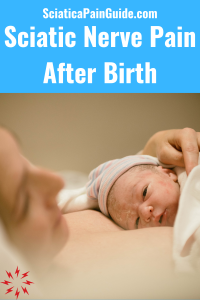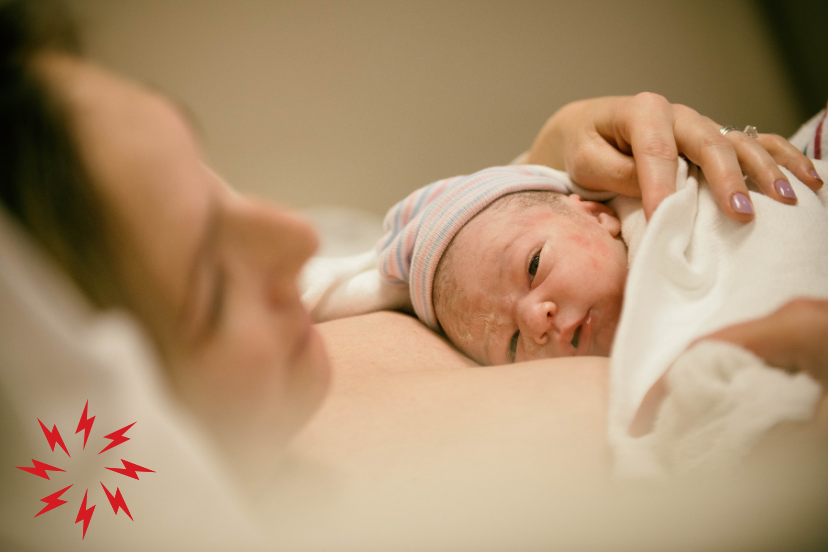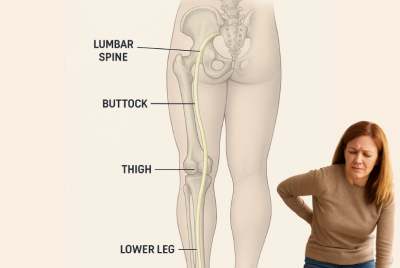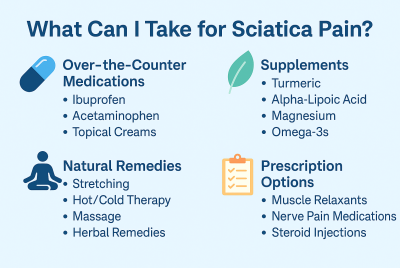Sciatic Nerve Pain After Birth
Relieve sciatic nerve pain after birth with expert tips and remedies. Learn causes, symptoms, and treatments for postpartum sciatica here! Experiencing sciatic nerve pain after birth is a common issue many new mothers face. This condition arises due to the physical stresses of pregnancy and childbirth, which can irritate or compress the sciatic nerve. Symptoms often include sharp pain in the lower back, buttocks, and legs. Understanding the causes and exploring effective treatments can help manage and alleviate this discomfort, allowing you to focus on your new journey of motherhood with less pain.
Understanding Sciatic Nerve Pain
Sciatic nerve pain occurs when the sciatic nerve, running from your lower back through your legs, becomes irritated or compressed. This can result in sharp pain, tingling, or numbness. Common causes include herniated discs, spinal issues, or muscle strain, particularly during and after pregnancy.
What is the Sciatic Nerve?
The sciatic nerve is the longest nerve in your body, running from your lower back through your hips and down each leg. It plays a crucial role in connecting the spinal cord to the muscles and skin of the thigh, leg, and foot. When this nerve is irritated or compressed, it can cause significant pain and discomfort, known as sciatica.
Causes of Sciatic Nerve Pain
Sciatic nerve pain can be caused by various factors, such as herniated discs, spinal stenosis, or even muscle spasms. During pregnancy, the weight and position of the baby can also press on the sciatic nerve, leading to pain. Postpartum, this pressure can continue to affect the nerve as the body adjusts after childbirth.
Sciatic Nerve Pain After Birth
Why Does It Happen?
Many women experience sciatic nerve pain after giving birth due to the physical stresses of labor and delivery. The pelvic changes and muscle strain from pregnancy can continue to impact the sciatic nerve. Additionally, carrying and caring for a newborn can strain your back and hips, further aggravating the nerves.
Common Symptoms
The symptoms of sciatic nerve pain after birth can vary but often include sharp pain in the lower back, buttocks, and legs. Some women may also experience numbness, tingling, or weakness in the affected leg. The pain can be intermittent or constant and may worsen with certain activities like sitting or lifting.
Duration and Prognosis
While sciatic nerve pain can be quite uncomfortable, it typically improves with time and self-care. Most women find relief within a few weeks to months postpartum. However, the duration can vary depending on individual circumstances and the severity of the nerve compression.
Managing Sciatic Nerve Pain Postpartum
Home Remedies
Managing sciatic nerve pain at home involves a few simple remedies. Ensure adequate rest and maintain proper posture to reduce nerve pressure. Alternate between applying heat and ice packs to alleviate inflammation and pain. Engage in gentle exercises like walking or swimming to strengthen core and lower back muscles. These steps can significantly relieve discomfort and promote recovery postpartum.
Rest and Proper Posture
Giving your body adequate rest is crucial. Avoid sitting or standing for long periods, and use cushions to support your lower back when sitting. Maintain good posture to reduce pressure on your sciatic nerve.
Heat and Ice Therapy
Applying heat or ice packs to the affected area can help reduce inflammation and alleviate pain. For the best results, alternate between heat and cold for 15-20 minutes at a time.
Gentle Exercises
Gentle stretching and low-impact exercises, like walking or swimming, can help ease sciatic pain. Focus on exercises that strengthen your core and lower back muscles to provide better support for your spine.
Professional Treatments
Physical Therapy
A physical therapist can design a personalized exercise program to strengthen your muscles, improve flexibility, and reduce nerve irritation. They can also teach you proper body mechanics to prevent further injury.
Chiropractic Care
Chiropractic adjustments can help realign your spine and alleviate pressure on the sciatic nerve. Make sure to see a chiropractor experienced in postpartum care.
Medications
Over-the-counter pain relievers like ibuprofen or acetaminophen can help manage pain. Always consult with your doctor before taking any medication, especially if you are breastfeeding.
Alternative Therapies
Acupuncture
Acupuncture involves inserting thin needles into specific points on the body to relieve pain. This ancient practice has helped some women significantly relieve sciatic nerve pain.
Massage Therapy
Regular massages can help relax tight muscles and improve blood flow, which may reduce sciatic pain. Look for a therapist who specializes in postpartum massage.
Preventing Sciatic Nerve Pain in the Future
Maintaining a Healthy Weight
Keeping your weight in check can reduce the strain on your back and lower limbs, lessening the risk of sciatic nerve pain. Aim for a balanced diet and regular exercise to maintain a healthy weight.
Regular Exercise
Consistent physical activity helps keep your muscles strong and flexible, supporting your spine and reducing the likelihood of nerve compression. Incorporate both aerobic and strength-training exercises into your routine.
Proper Lifting Techniques
When lifting heavy objects, including your baby, always bend your knees and keep your back straight to avoid straining your lower back. Use your legs to lift rather than your back.
Frequently Asked Questions (FAQs)
Can sciatic nerve pain affect breastfeeding?
While sciatic nerve pain doesn’t directly impact breastfeeding, the discomfort can make finding a comfortable feeding position challenging. Experiment with different positions and use pillows for support.
How soon after birth can I start exercising?
It’s generally safe to start gentle exercises, like walking, within a few days of giving birth. However, always consult your healthcare provider before beginning any new exercise routine.
Are there any long-term effects of postpartum sciatica?
Most women recover fully from postpartum sciatica, but if left untreated, it can lead to chronic pain. Early intervention and proper management are key to preventing long-term issues.
Is it safe to use pain medication while breastfeeding?
Some pain medications are safe to use while breastfeeding, but always consult with your doctor before taking any medication to ensure it’s safe for you and your baby.
When should I see a doctor for sciatica after birth?
If your pain is severe, persistent, or accompanied by other symptoms like severe numbness or loss of bladder control, seek medical attention promptly. Your doctor can provide a tailored treatment plan to address your needs.
Sciatic Nerve Pain After Birth – Conclusion
Sciatic nerve pain after birth is a common issue, but it can be managed effectively with the right approach. By understanding the causes, symptoms, and treatments available, you can take proactive steps to alleviate pain and prevent future episodes. Remember to listen to your body and seek professional help when needed.
Disclaimer
This article is for informational purposes only and is not a substitute for professional medical advice, diagnosis, or treatment. Always consult with your healthcare provider before starting a new exercise or stretching routine, especially if you have existing back or nerve conditions.
👉 Explore more:





